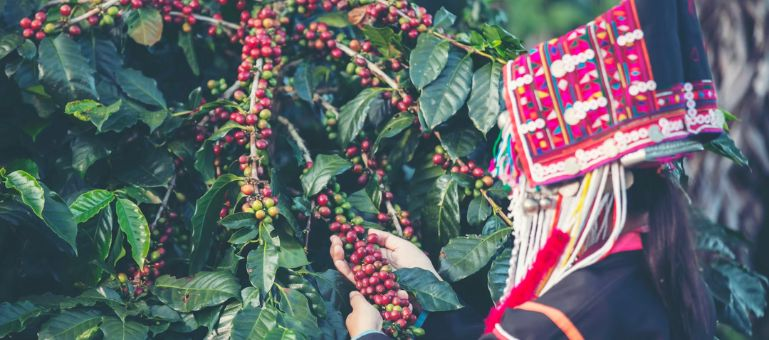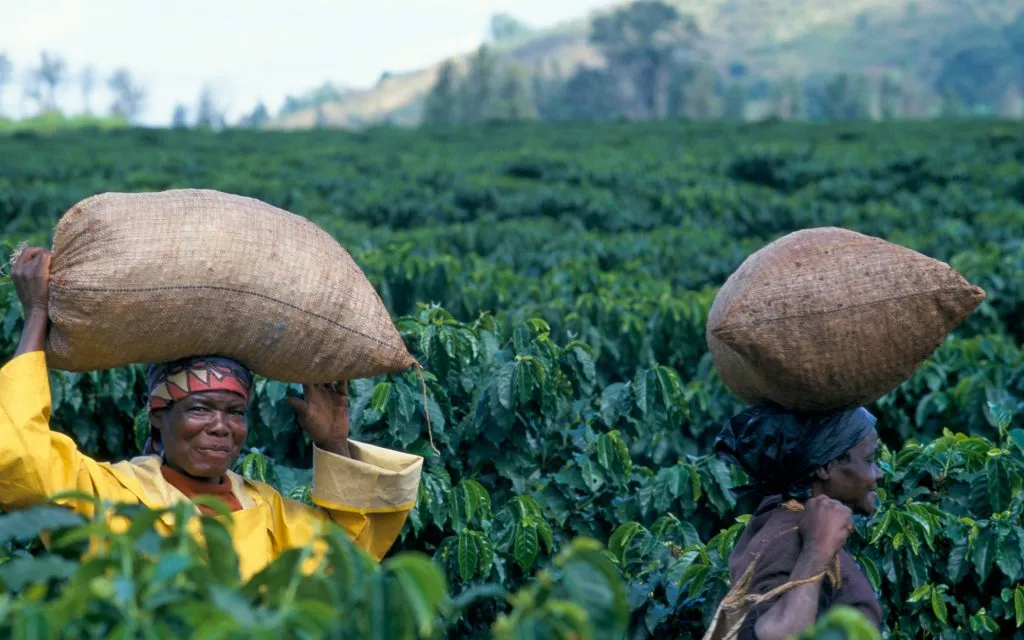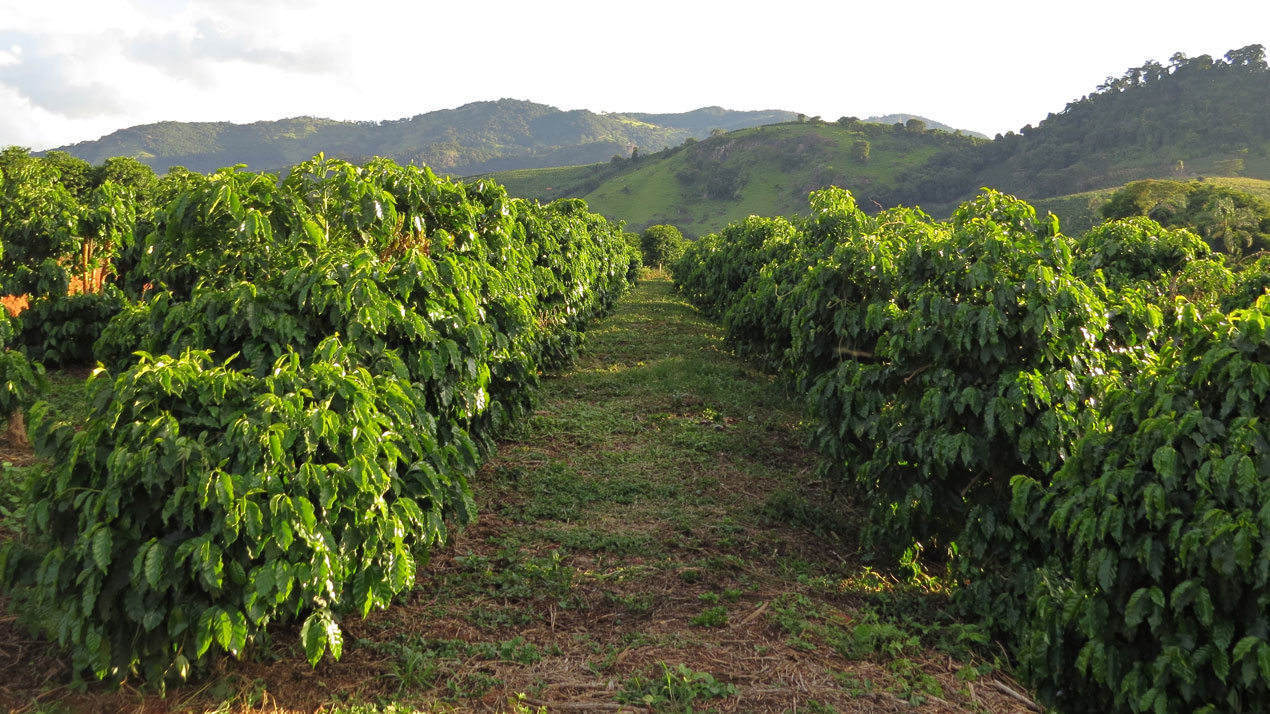How is coffee grown? Sustainable coffee farming methods
The best coffee-growing conditions extend across the entire equator – in the so-called coffee belt. When it comes to growing and harvesting, the secret lies in care and timing.


WHERE DOES OUR COFFEE COME FROM?
You might have heard of the two most common types of coffee. Robusta and Arabica. All of the coffee we buy is Arabica coffee. It has a slightly lower caffeine content than Robusta and is therefore known for a lighter, smoother flavour with less bitterness.
Arabica coffee is grown in the coffee belt, between the Tropics of Cancer and Capricorn. Most of the coffee we buy is from South and Central America, East Africa and Asia.
Caffeine is a natural pesticide in the coffee plant. Arabica grows best in high altitudes where there are fewer pests (this is why it has less caffeine than Robusta). Many of the farms we work with are in remote, hard-to-reach places high in the mountains or volcanoes.
Some of the coffees we buy are grown by smallholders working in a cooperative. Others are from larger farms which support entire communities.
Making coffee better for growers
Making coffee better is at the heart of everything we do at Aribica Coffee Roasters, and that means making coffee better for the farmers that produce it.
We believe that quality coffee means supporting coffee farmers by buying coffee from the same farmer year after year so that they can forward-plan for next year’s crop.




Coffee growing
The coffee bean itself is in fact a seed. Once planted in nurseries, seedlings will take between 3 to 4 years to mature and begin bearing fruit. It can however take around a decade for a tree to fully become established. Once mature, trees typically only bear one harvest a year.
Ideal average temperatures range between 15 to 24ºC for Arabica coffee and 24 to 30ºC for Robusta, which can flourish in hotter, harsher conditions. Coffee needs an annual rainfall of 1,500 to 3,000 mm, with Arabica needing less than other species. Whereas Robusta coffee can be grown between sea-level and about 800 metres, Arabica does best at higher altitudes and is often grown in hilly areas.
The average Arabica plant is a large bush with dark-green oval leaves. The fruits, or cherries, are rounded and mature in 7 to 9 months; they usually contain two flat seeds, the coffee beans. When only one bean develops it is called a peaberry.
Robusta is a robust shrub or small tree that grows up to 10 metres high. The fruits are rounded and take up to 11 months to mature; the seeds are oval in shape and smaller than Arabica seeds.






